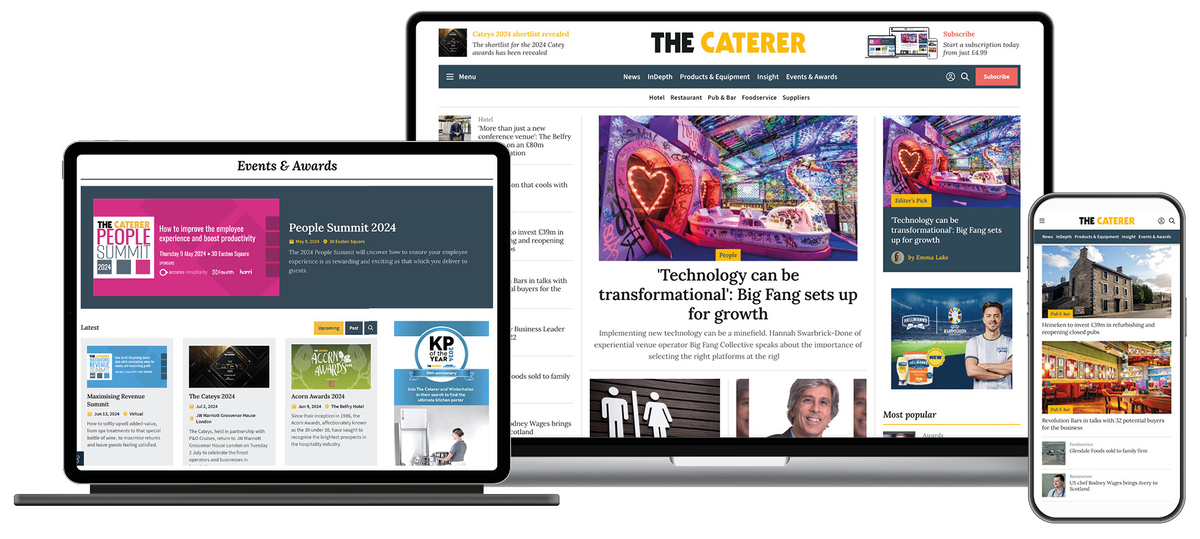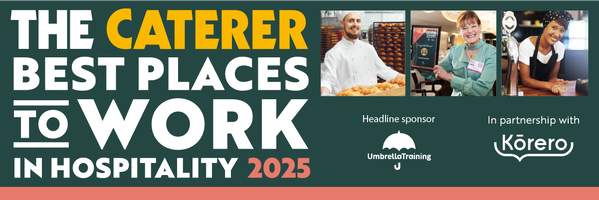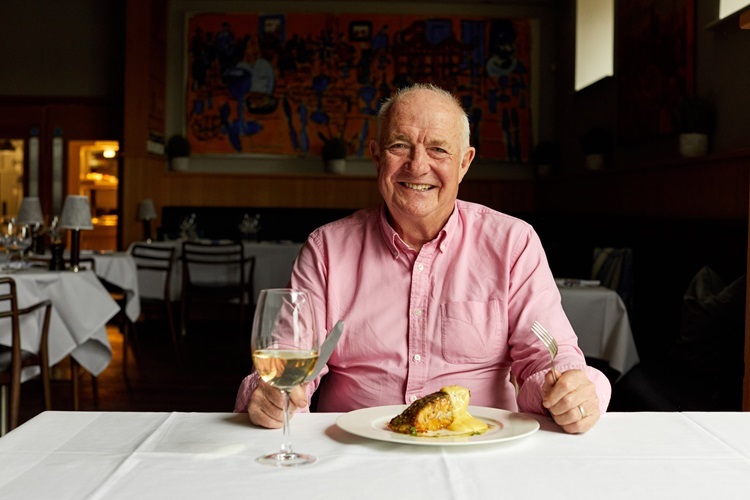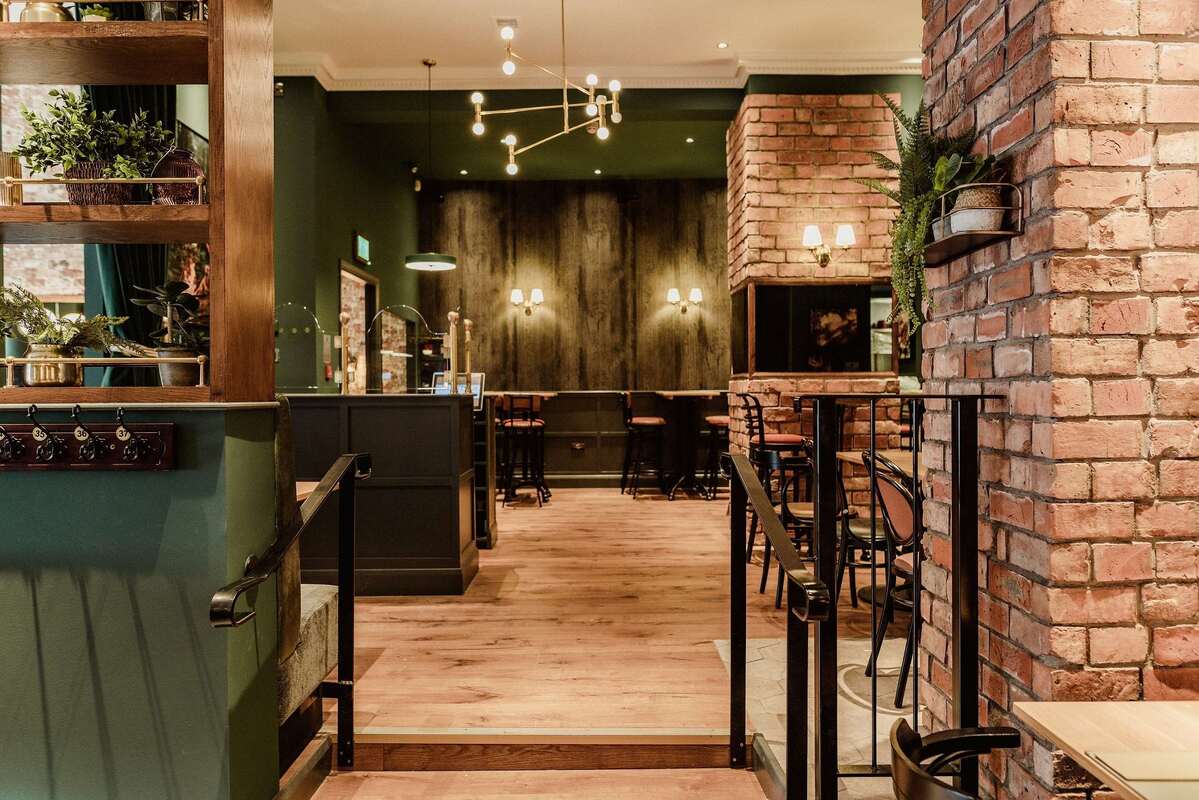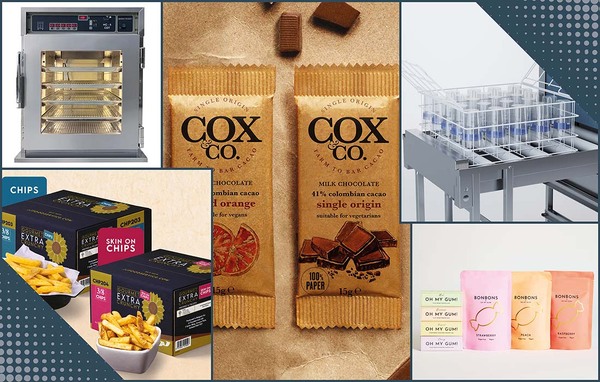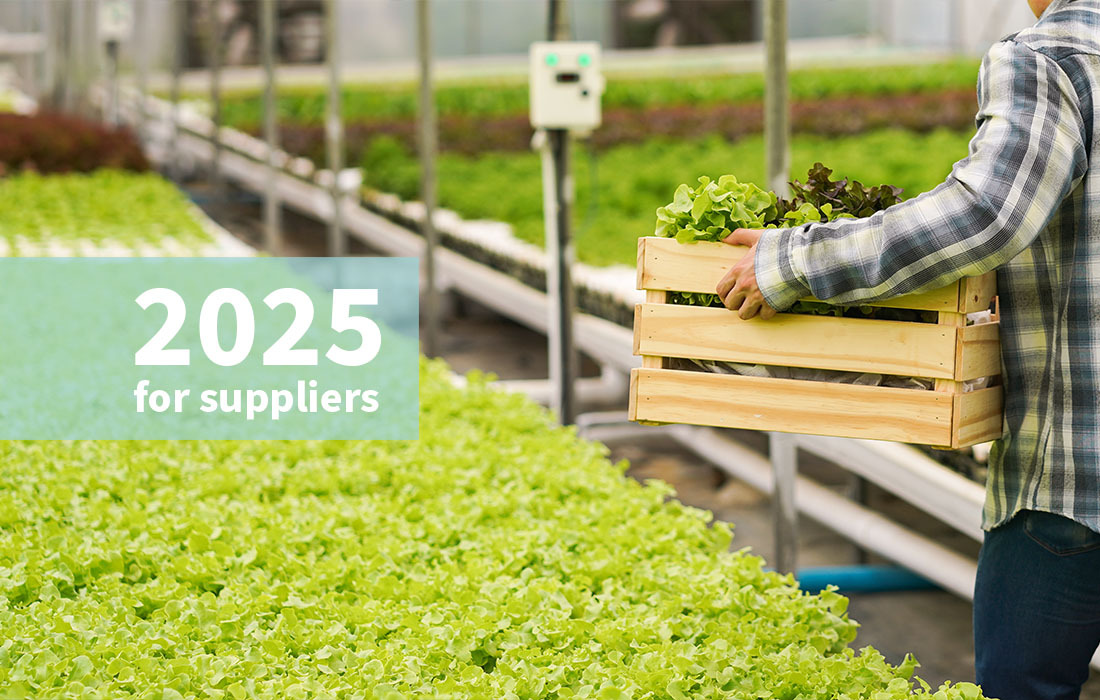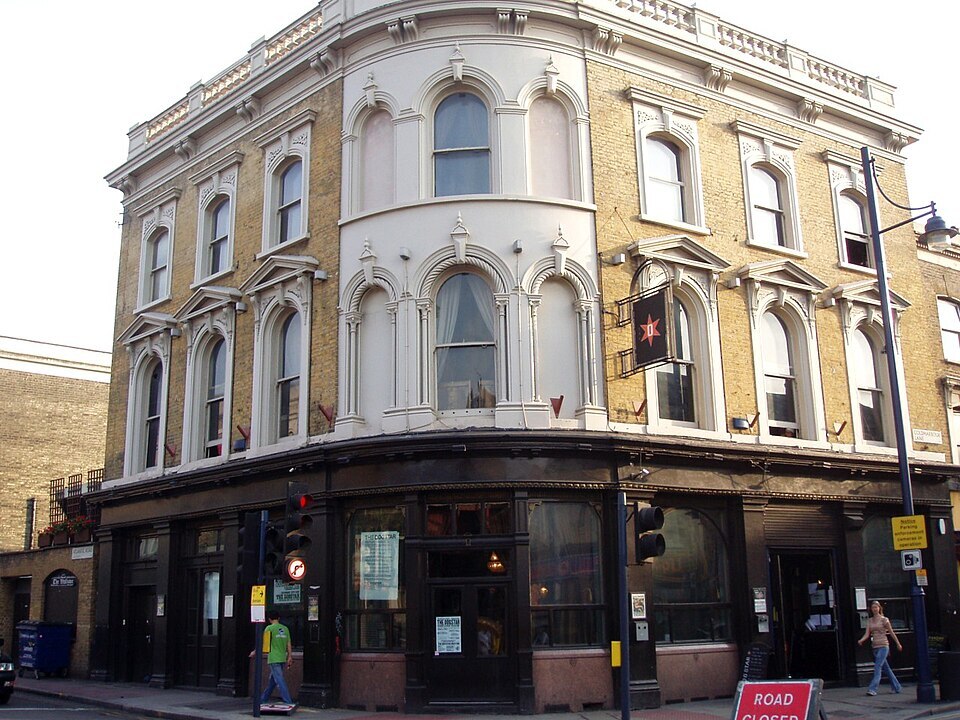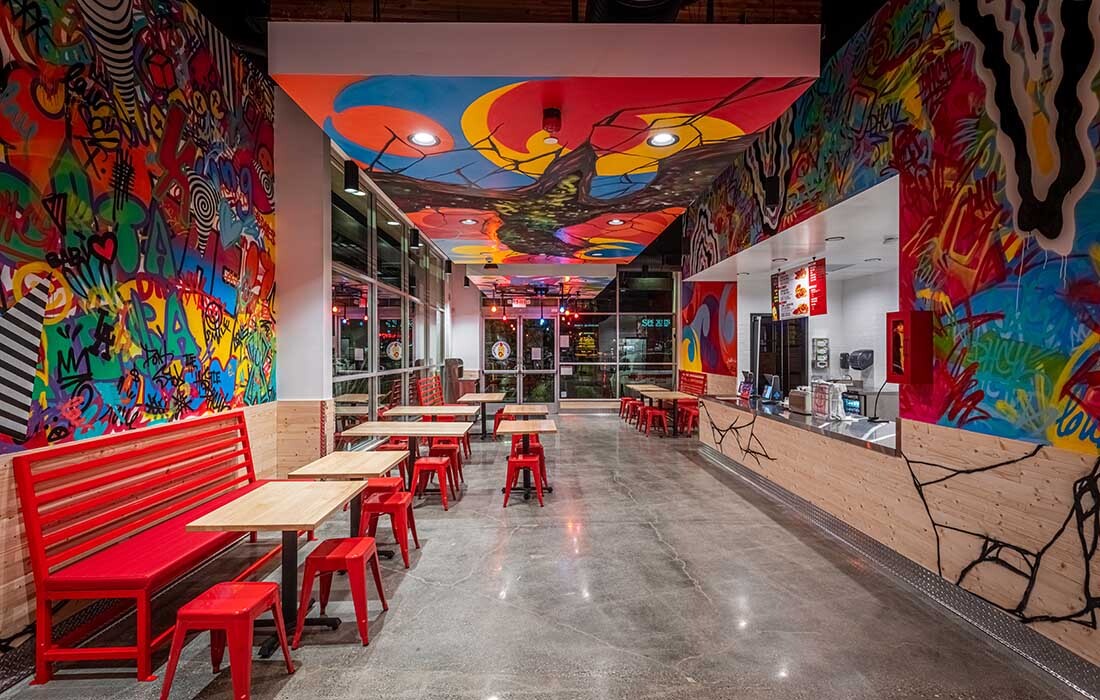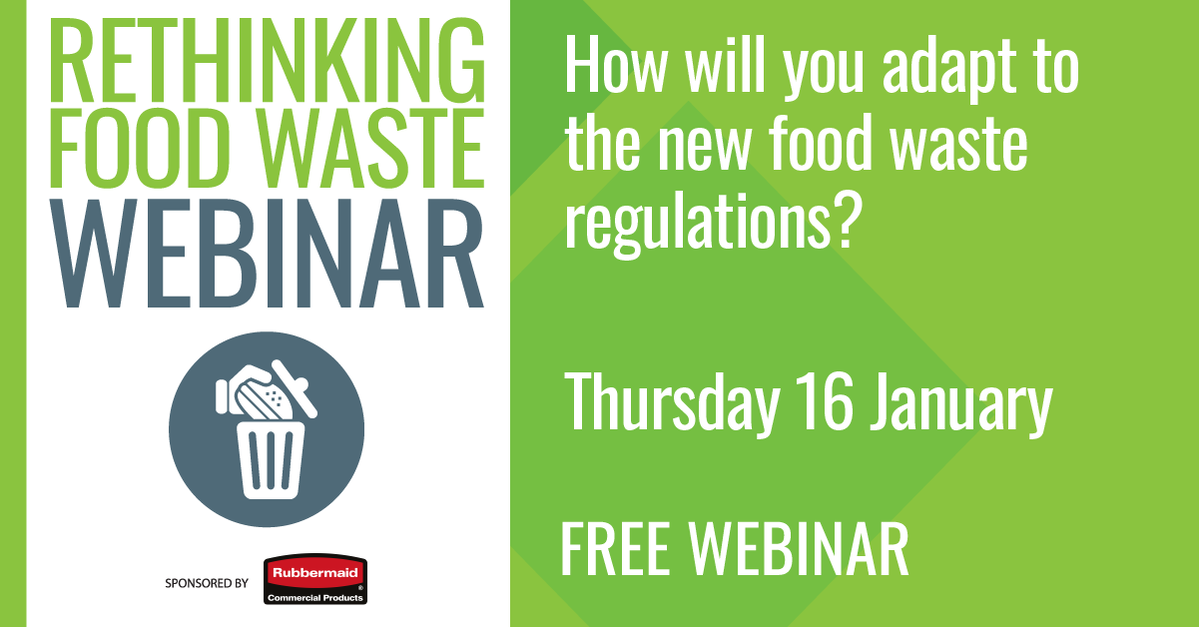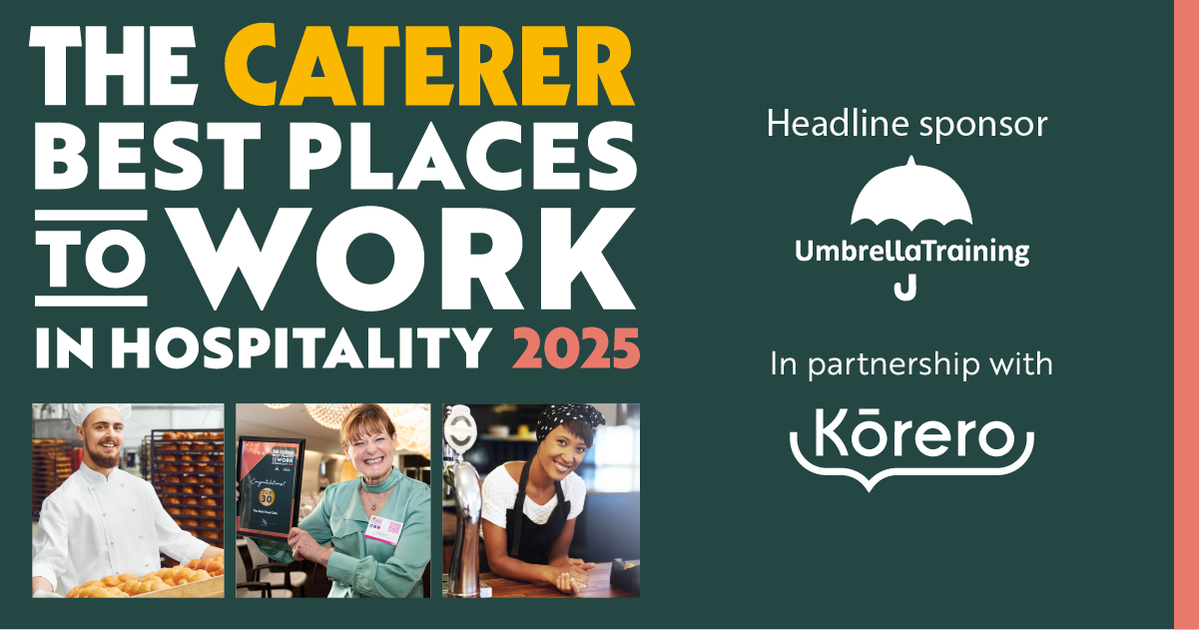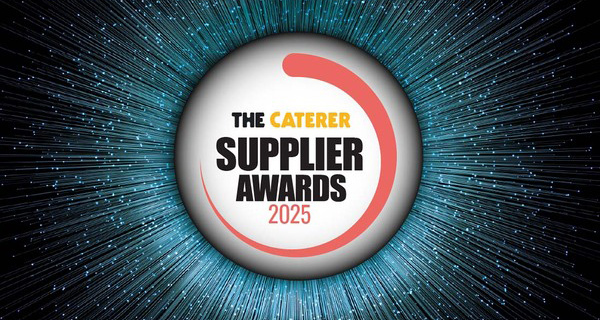Online fulfilment for hospitality businesses
Sponsored article by Square: Even before the pandemic, consumer demand for ordering online was rapidly growing. The foodservice delivery market was £8.4b in 2019, up 18% on the previous year – according to analysts Lumina Intelligence.
Lockdown has put rocket boosters under this trend – with many food and beverage businesses moving online for the first time. Key to making a success of this transition is ensuring goods arrive in the hands of customers on time and in a convenient way.
Here we look at how to get the logistics of online fulfilment right – whether you’re considering moving into online takeaways or launching into the fast-growing world of meal kits.
Hot takeaways
If your restaurant is launching into deliveries for the first time, you’ll need to begin by deciding on the geographical radius you’re able to serve and your kitchen’s capacity. While it might be tempting to bite off more than you can chew, if the food arrives late or cold you’ll miss out on that crucial repeat custom.
Next, you’ll need to choose the type of courier service. You have a few options here. One is to use third-party platforms such as Deliveroo, Just Eat or Uber Eats. The advantage is this option takes minimum effort to set up and you have instant access to a fleet of drivers. The downside is you’ll be paying up to 30% commission, as well as missing out on the direct-to-customer relationship.
If you decide to take control of the delivery process yourself, you’ll need to ensure your site is set up to take online orders (read our guide here). Other things to consider are whether you want to charge for delivery or offer it free on minimum order amounts. This is something you can easily set up online – for example payments provider Square allows you to toggle these options on its free website builder interface.
One tip might be to start small and then as demand for your service grows, look into bringing in more drivers. Of course, you can also do this in conjunction with on-site pick up.
Click and collect
The benefit of click and collect is customers can receive their food at their own convenience; all you need to do is make sure it’s ready at the allotted time. And for some types of hospitality, this can be a more cost-effective option than delivery (particular when the average order value is relatively low).
Obviously, you’ll want to ensure social-distance safety measures are in place, so leave clear instructions where customers can collect their order and make sure you’ve enabled contactless payments – if they haven’t already paid online. Timeslots and instructions are also something you can set up with Square Online.
For many businesses this provides a particularly flexible option. Tony Taylor, business change director at Greggs, said: “With click and collect – and the services provided by Square – we now have the opportunity to serve our customers in a more convenient way – wherever and whenever they want.”
Going postal
If you’ve decided to expand into meal kits, your geographic range for delivery could be much bigger. Rather than keeping the food hot, here the priority is ensuring it remains cold. So your food items may need to be packed in an insulated box with a coolant gel or in a cool bag. It’s worth noting that Royal Mail advises that packaging containing frozen water and dry ice are prohibited.
Food sent by post also needs to be delivered to consumers in packaging that is strong enough to remain intact and is properly sealed to prevent leakage. The Food Standards Agency recommends that once sent, the food should be delivered as quickly as possible, ideally overnight.
That could mean using a next-day delivery service – although if you’re sending items such as cocktail kits, this might be less of a priority. However, this option can be quite costly – particularly on the weekend. So factor in postage costs when deciding whether to set a minimum order amount for free delivery.
Payments service
The good news is all of the above options can be readily synced to your payments process, without having to put in place complicated technology workarounds. Even if you have an existing POS system, many are capable of accepting integrations from payment providers for online orders.
For example, Square has delivery, click and collect and eCommerce functionality baked into its free website builder. And if you already use its POS software, the online functionality is simple to implement and will port over your existing menu items.
All that leaves you to do is decide your chosen method of fulfilment.
Photo: Shutterstock

